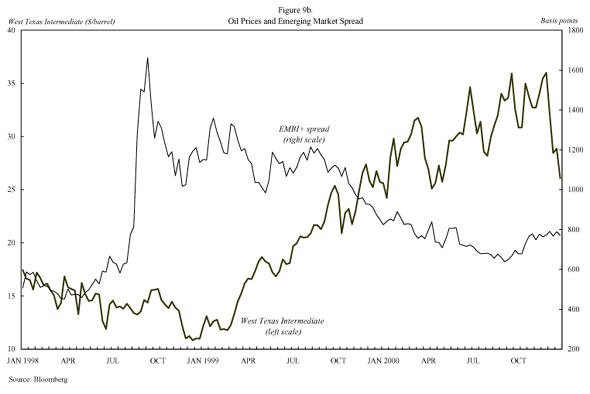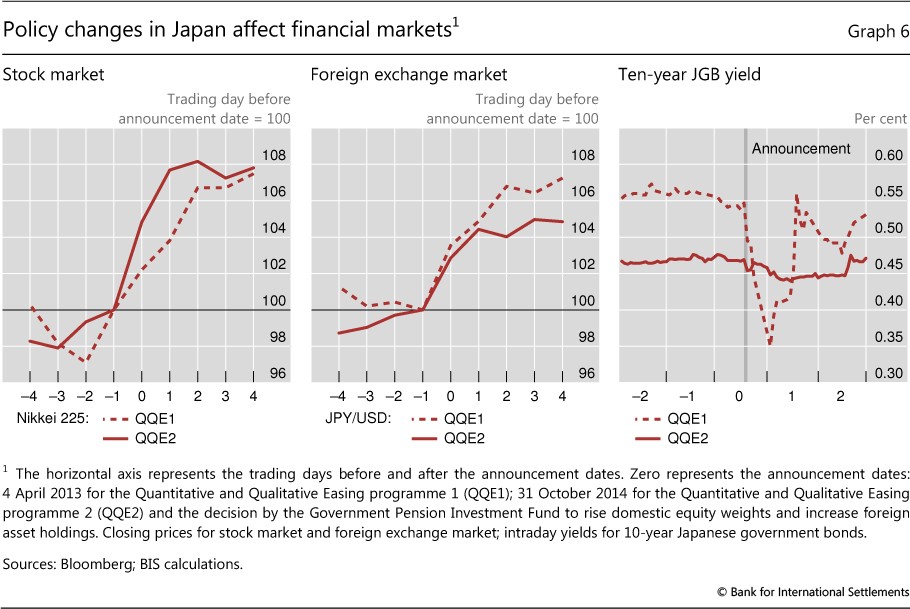How Do Changes in Economic Growth Affect Bonds
Post on: 17 Май, 2015 No Comment

You can opt-out at any time.
Please refer to our privacy policy for contact information.
Economic trends are one the key drivers of the bond market’s performance, but the economy affects different types of bonds in different ways depending on their exposure to interest rate risk .
Economic Growth and its Impact on U.S. Treasuries
Let’s look at U.S. Treasuries first, because that’s the area of the bond market that is most directly impacted by the economy. The best way to understand the relationship between the economy and bonds is to think about interest rates as being the cost of money. When the economy is strong, the demand for money is higher, since greater activity means that there is more of a need for cash to finance projects. Higher demand, in turn, drives up costs – in this case, interest rates.
In addition, stronger economic growth makes inflation more likely — at least in theory. The U.S. Federal Reserve (“the Fed”), in turn, is more likely to boost interest rates to fight inflation. And when short-term rates are expected to go up, longer-term rates typically follow.
The result for Treasuries is that stronger growth typically results higher yields and lower prices (since prices and yields move in opposite directions ).
On the other hand, slower economic growth reduces the demand for money since individuals and businesses are less likely to take out loans to finance projects and purchases. Lower demand for loans means prices – in this case, interest rates – fall in kind. Also, weaker growth means the Fed is more likely to reduce short-term rates to support the economy. As a result, longer-term Treasury yields typically fall when economic growth is expected to weaken.
The Impact of Growth Trends on Other Segments of the Bond Market
While all areas of the bond market ultimately take their cue for Treasuries – since, correctly or otherwise, U.S. government bonds are seen as being the safest investment in the world and are therefore the baseline for the rest of the market – certain types of bonds tend to benefit from stronger growth, rather than being hurt by it.
First, their yields are high enough that modest moves in Treasury yields have less have of an impact on their performance. As an example, if the 10-year Treasury is yielding 2.0%, a mortgage-backed security with a yield of 2.5% (a 0.5 percentage-point gap) is affected to a greater extent than a below-investment grade corporate bond yielding 8.5% (a 6.5 percentage-point gap).
Second, the bonds of corporations and emerging markets trade based on their underlying financial strength. The better their balance sheets, cash balances, and underlying business trends, the less likely they are to default (i.e. miss a payment of principal or interest). And the lower the likelihood of a default, the lower the yield investors will demand to compensate them for the risk of investing in that particular security.
As a result, while stronger economic growth can be a negative for Treasuries, it is much more likely to be a positive factor for higher-yielding bonds where the issuer’s creditworthiness is a primary concern for investors. This helps make the case for why investors should diversify rather than emphasize on any one segment of the bond market.
Below are the results of six major bond market sectors during varying economic environments from January 1, 1994 through March 31, 2012, according to Deutsche Bank. This helps show that while stronger growth tends to pressure the total returns of government bonds, it generally has a positive impact on the higher-risk market segments:

U.S. GDP Growth Less Than 0%
- U.S. government bonds: 10.82%
- GNMAs: 8.96%
- Investment grade corporate bonds: 2.94%
- Municipal bonds: 3.56%
- Emerging market bonds: -2.12%
- High yield bonds: -12.13%
GDP Growth 0%-2%
- U.S. government bonds: 7.04%
- GNMAs: 6.67%
- Investment grade corporate bonds: 7.49%
- Municipal bonds: 5.97%
- Emerging market bonds: 9.86%
- High yield bonds: 5.00%:
GDP Growth 2%-4%
- U.S. government bonds: 6.29%
- GNMAs: 6.98%
- Investment grade corporate bonds: 9.02%
- Municipal bonds: 7.14%
- Emerging market bonds: 14.63%
- High yield bonds: 11.57%
GDP Growth Greater than 4%
- U.S. government bonds: 3.35%
- GNMAs: 4.91%
- Investment grade corporate bonds: 4.35%
- Municipal bonds: 3.79%
- Emerging market bonds: 14.27%
- High yield bonds: 7.59%














